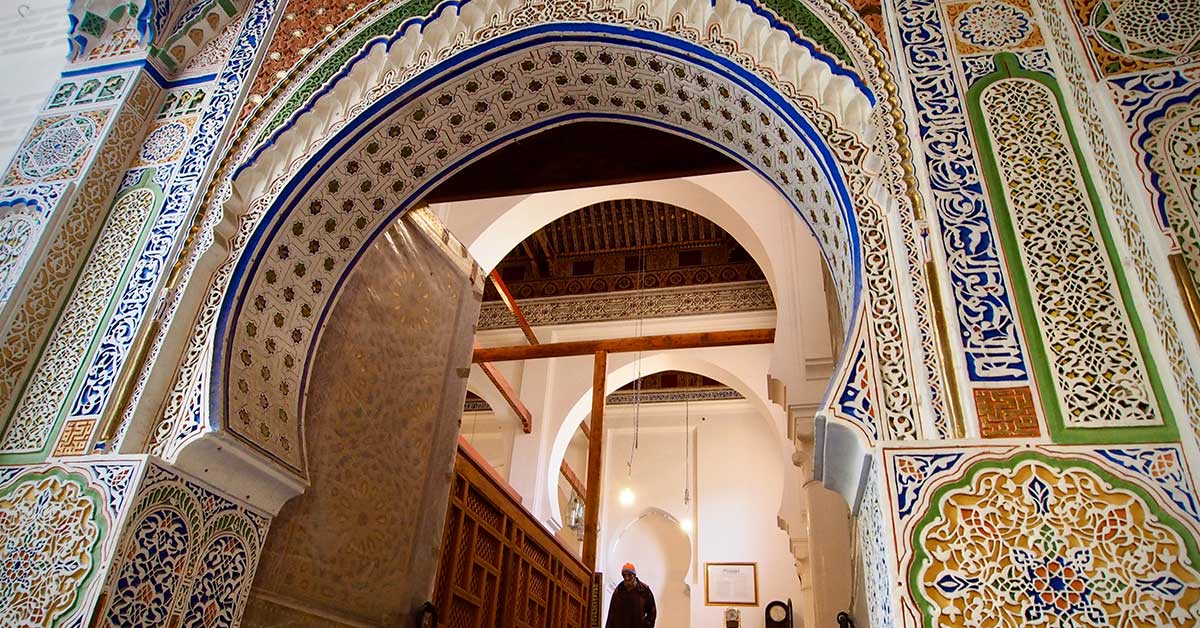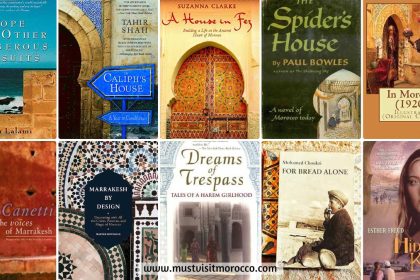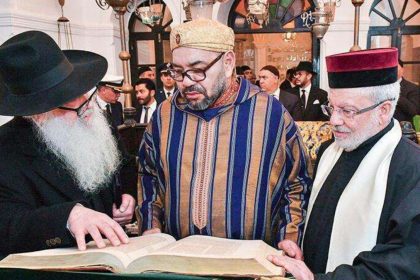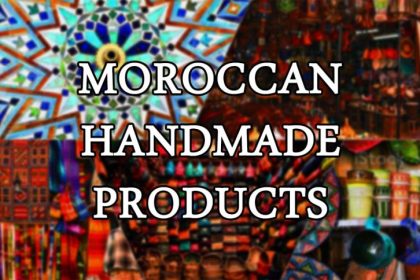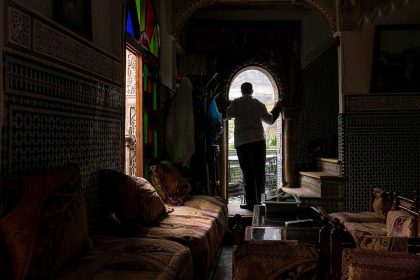The imperial cities of Morocco are the four cities that were at some point in Moroccan history, been the capital. We are talking about Fez, the capital of the Idrissid dynasty, Meknes, the capital of Alouites dynasty, Marrakech, the capital of Almoravid dynasty, and Rabat, the current Moroccan capital.
The imperial cities of Morocco are known with their surrounding walls that extend for miles.
Fez: The first of the Imperial cities of Morocco
Fez, is known as the first Muslim city in Morocco, and also the second most populated city in Morocco after Casablanca (the economic capital). We find three main parts in this huge city: Fez el Bali, Fez el Jedid, and the “ville nouvelle”.
Fez el Bali, or the “medina”, is the medieval city, it’s recognized by UNESCO as a “universal value”. Most of the visitors concentrate on the sights and streets there. The medina is a real maze, and the main attraction tourists appreciate in the medina is getting lost in its narrow alleys.
The shops and stores in the medina get delivered by horses and donkeys, which is something very special to see. Tourists also come to the medina to admire the wonderful architecture of the mosques, riads and especially the tomb of the city’s founder: Zaouia Moulay Idriss.
And so as not to make this article too long, here are the top 5 must see in the first of the imperial cities in Morocco.
Quaraouiyin Mosque
Funded in 859 by the famous Fatima Fihria, Quaraouiyin Mosque is one of the most famous and oldest universities known in muslim history. It’s also the first one in moroccan history. Today, it’s one of the “must see Mosques” in Fez, and it has a capacity around 20.000 people.
The leather tanneries
We cannot talk about Fez without involving the leather manufacture. Tannery is an ancestral craftamnship that hasn’t changed much throughout the time. The leather district in the medieval city of Fez is a very special place,by the smell: leather is tanned with completely natural products, which gives them a smell not very pleasant… But believe me, admiring the wonderful leather work is definitely worth it!
Tombs of the Merinids
Between the 13th and 14th century, The merinids were ruling the Maghreb. They also made of Fez a cultural capital. A part of merinid dynasty was burried in Fez, and near their tomb, a lot of natives go there to enjoy the sunset by the end of the day. Another mesmerizing thing about that place after sunset, is that you can have a panoramic view of all the city, a wonderful view where the municipal lighting look like stars on earth.
Nejjarine Museum
Nejjarine Museum is very close from Quaraouiyin Mosque. Built in 1711 as a big woods storage, where craftsmen used to buy their wood. Today, it turned to a Museum of Arts and wood craft, to show the rich wood art legacy and ancestral work techniques.
Jnan Sbil Gardens
is an amazing 7.5 hectares free entrance garden, located between the old medina and Fez el Jedid. Created in the 19th Century by Sultan Moulay Hassan I, these gardens were exclusively connected to the Royal Palace, before they became open to the public in 1917. Today, Jna Sbil gardens are one of the rare green spaces of the old medina
Meknes
Founded by the Almoravides as a military camp in the XIth Century, it became the capital of Morocco in the rign of Moulay Ismail (founder of the Alaouite dynasty) in the 17th Century. Meknes is the perfect representation of the melting pot between muslim and european architecture.
As one of the imperial cities of Morocco, there are a lot of hsitorical sites you cannot pass by Meknes witout visiting. Bab Mansour Gate first, built by Moulay Ismail and finished by his son in 1731. It’s the main entrance of the imperial Palace.
Meknes is also known by Kara Prison. it’s a very special prison built underground. It name came from a portugese prisonner who built this prison and asked the emperor for freedom in exchange. It’s a real labrinth inside, thousands of prisonners died after they found no way out.
Marrakech
Whenever you ask a europeen if he knows Morocco, he answers saying he’s been to Marrakech or he would love to visit that city.
Marrakech is a city with a very special vibe. Called “The red city”, once you arrive, you’ll be fascinated with the walls coloured with a terracotta colour all over the city. The first thing you need to see is Place Jamaa El Fna, it’s a very big square close from the medina, where there’s a lot of action.
You’ll find many people gathered in circles and watching some traditional artistic street shows. If you get thirsty, there are many traditional riads with wonderful terraces to grab a drink, very close to the Place Jamaa El Fna.
Majorelle Garden is more calm to discover, and it’s a must see in Marrakech! Created by the french artist “Jacques Majorelle” in 1931, it’s a unique botanical garden, all painted with a special blue colour, with almost 300 species gathered in 1 hectare. This garden is not free access, but it’s totally worth visiting.
Rabat
Funded in 12th century by the Almohades dynasty, Rabat, last of the imperial cities of Morocco, became the capital of Morocco in 1912, after the country got colonized by France.
Today, Rabat is the city that represents the diversity of moroccan culture. Thanks to the national Mohammed V Theater (the biggest theater in Morocco), The National Library funded in 2008 (with more than 35000 books), and many impressive museums all over the city.
Rabat is historically considered as on of the imperial cities of Morocco, but is also called “City of lights”: if you get the chance to pass by ” Hassan II bridge” by the end of the day, you’ll enjoy admiring both cities Rabat and Salé illuminated, especially the Marina, Hassan Tower, The national Mohammed V Theater, and also the big Mohammed VI Tower, 250 meters tall, a very modern building and the tallest one is Africa!
Since 2012, many historical sites in Rabat became UNESCO world heritage sites. Like Kasbah des Oudayas, the first traces of civilization in Rabat, that was built near the Bouregreg river, to protect the city from invaders. Hassan Tower is a must see as well, it was the project of the biggest Mosque in the world in the Almohades dynasty, but it has never been finished.
Today, King Hassan II is burried there. Let’s not forget Chellah ruins in the tour, best to visit by the end of the day, it’s surrounded with a very nice green space where the natives come to picnic.







